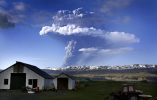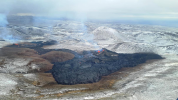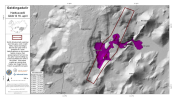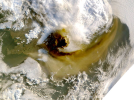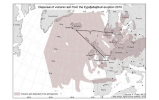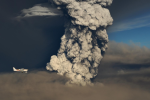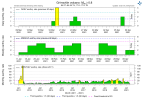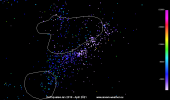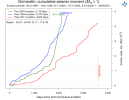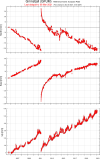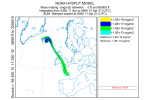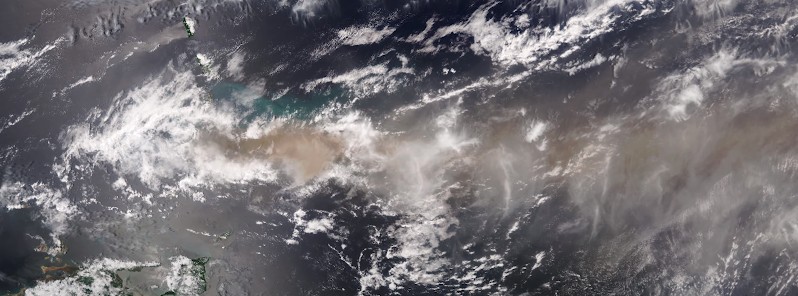And the psychos are using the eruption to force vaccinate! 
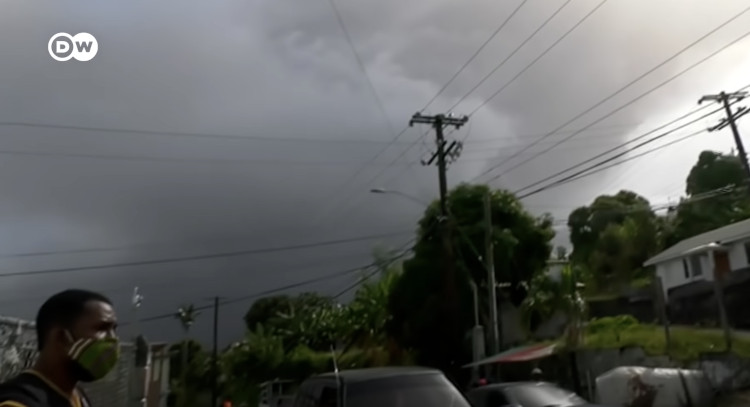
 wattsupwiththat.com
wattsupwiththat.com

The volcano on the Caribbean Island of St Vincent has erupted. Cruise liners and Ferries are rushing to the scene to evacuate people caught by the eruption – but people are not allowed to board the cruise liners until they receive a Covid vaccination.

Covid Madness: People Fleeing a Volcanic Eruption Can’t Board the Rescue Vessels Until Vaccinated
The volcano on the Caribbean Island of St Vincent has erupted. Cruise liners and Ferries are rushing to the scene to evacuate people caught by the eruption – but people are not allowed to boa…
 wattsupwiththat.com
wattsupwiththat.com

